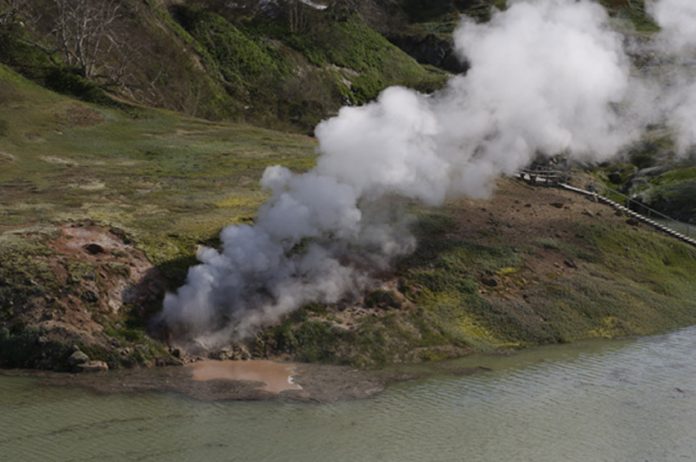Velikan (Giant) Geyser, one of the field’s largest, was not buried in the slide and has in recent times been observed to be active. In 2008 the Valley of Geysers was elected as one of the seven Wonders of Russia, because several thousand people visit the Valley every year because of its remote location and reserve status. Nonetheless, the Valley is still very alive and attracts a lot of interest from scientists and tourists. Read About – Supervolcano of Yellowstone National Park
/ month
placeholder text
Post List
Editor's Picks
Sail Rock – Natural Sandstone Monolith on the Shore of Black Sea
The natural tall Sail Rock, also famous as Parus...
Sultanate of Oman – “Les Mille et Une Nuits”
This beautiful film shot with a Sony 4K Ax100...
Exploding Whale Florence, Oregon, – Most Famous Case of Failed Animal Disposal in History
Several cases of whale carcasses exploding because of gas...
Would You Choose to Live Forever?
Would You Choose to Live Forever? Scientists have made...
We Are Flower By Galeria Melissa
We Are Flower - American design studio SoftLab attached...
Semuc Champey – Natural Wonder of Guatemala
Semuc Champey consists of a natural 300 m limestone...
Amazing Ideas to Choose The Perfect Personalized Gifts in Australia
Shopping for gifts is all about showing thoughtfulness, thus...
Don't Miss
The Lanterns of Dead
Lanterns of Dead in Sarlat-la-Canéda Dordogne are the architectural...
What are Some Impactful Digital Marketing Techniques for Business?
Digital marketing techniques for Business?
Digital marketing is a powerful...
Mesothelioma Symptoms, Diagnosis, and Treatment
Mesothelioma is a type of cancer that develops from...
Nephritis Symptoms, Causes, and Treatment
Nephritis Symptoms, Causes, and Treatment
Nephritis is a condition in...
Haifoss Waterfall – Second Highest Waterfall in Iceland
Haifoss means “high waterfall” and is a waterfall in...
The Historic Kalyazin Bell Tower, Russia
The Kalyazin Bell Tower is a 244 feet Neoclassical...
The Basics of Term Life Insurance: What You Need to Know
Introduction
Life is uncertain, and while we cannot control its...
Charismatic Planet © 2024 . All Rights Reserved.
















